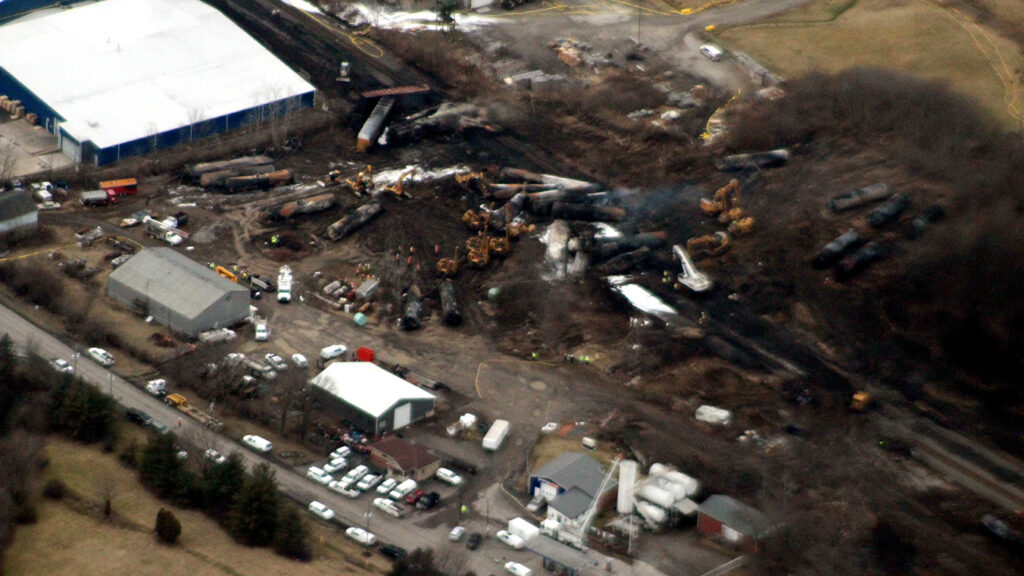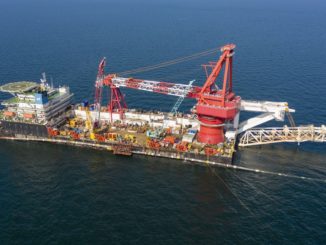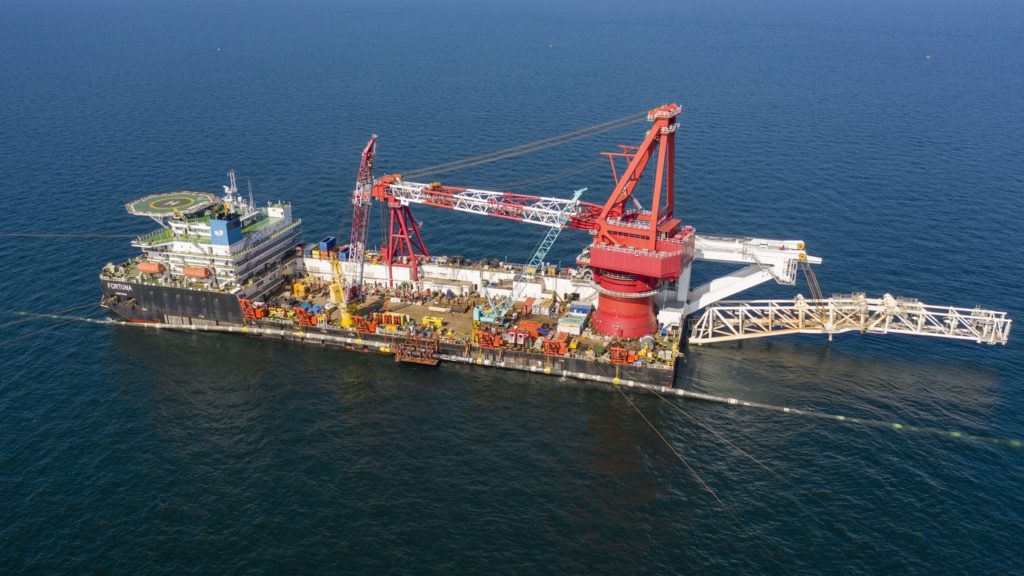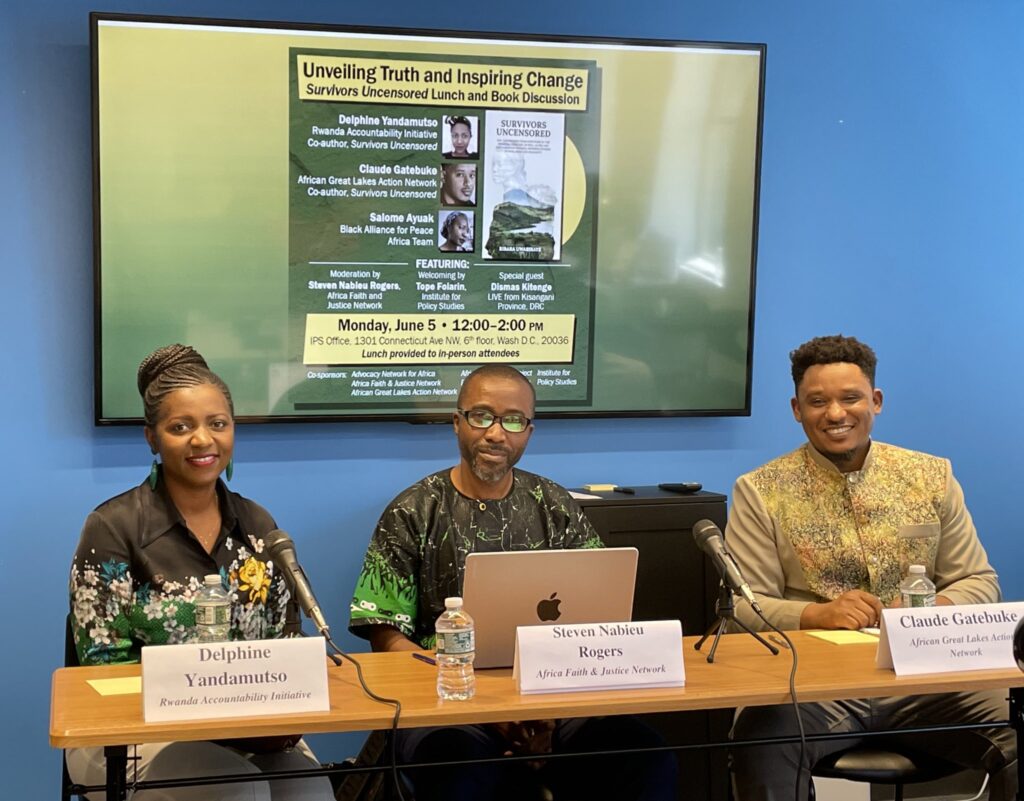
Last month, U.S. Special Presidential Envoy for Climate John Kerry visited India in an effort to bolster the United States’ bilateral and multilateral climate efforts ahead of the 26th Conference of Parties (COP26), which will be held in Glasgow in just a few weeks. Countries that signed the United Nations Framework Convention on Climate Change (UNFCCC) will attend the conference to deliberate as well as negotiate actions needed to combat the climate crisis.
Kerry’s visit to India also marked the launch of Climate Action and Finance Mobilization Dialogue (CAFMD). CAFMD is part of the U.S.-India Agenda 2030 Partnership Indian Prime Minister Narendra Modi and U.S. President Joe Biden announced in April at the Leaders Summit on Climate. The talks took place within the context of India’s membership within an alliance colloquially referred to as “The Quad.” The alliance comprises Australia, Japan, India and the United States, and is aimed at countering a growing China in the Indo-Pacific region.
Soon after Kerry’s visit to India, Quad leaders met at the White House for discussions on a host of issues, including climate change. They agreed to work on climate targets aimed at 2030 and pursue enhanced actions in the 2020s.
But what tools are available to India—and other developing countries—to support them as they face climate-change impacts like eroding coastlines and droughts? And how will such tools be made available?
Mobilizing finance is considered key to helping developing countries meet their emission-reduction targets and adapt to climate-change impacts. At COP15 in Copenhagen in 2009, developed countries committed to a goal of jointly mobilizing $100 billion per year by 2020 to address the needs of developing countries.
But while COP15 set a clear target of $100 billion, it allowed flexibility in terms of what forms of financial support qualify as climate finance. The Paris Agreement, the successor to the Copenhagen Accord, reiterated the $100 billion per year commitment, but it also allows a wide range of financial instruments.
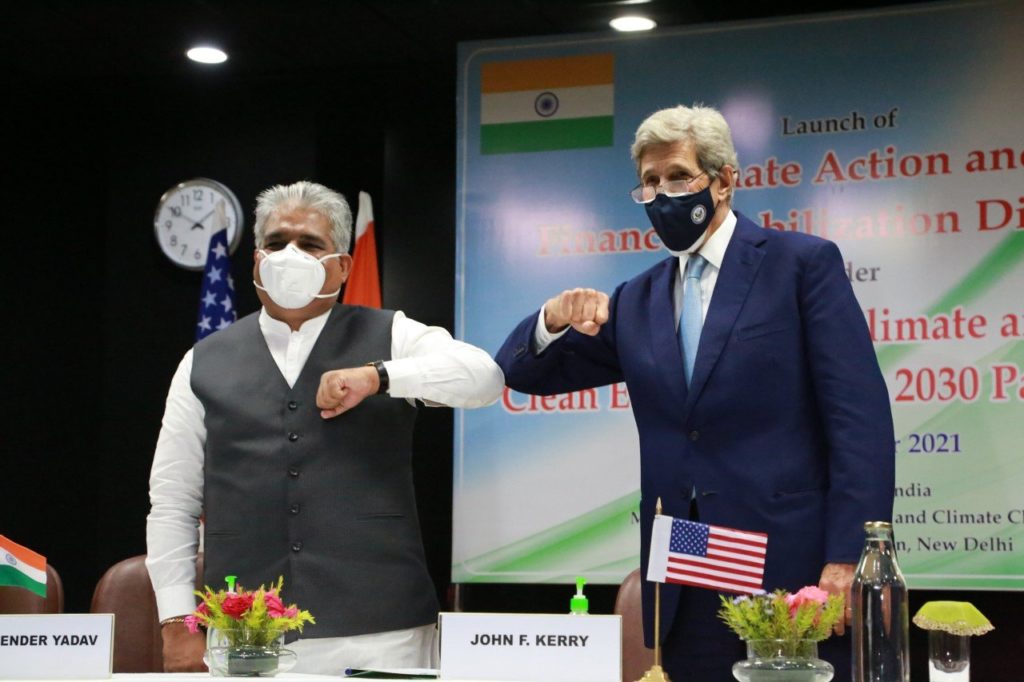
Developing Countries’ Perspective
Developed and developing countries have different perspectives on climate finance. Chandra Bhushan, a public policy expert and founder/CEO of International Forum for Environment, Sustainability & Technology (iFOREST), explained when developing countries speak of climate-finance requirements, they largely mean public grants from developed countries. But when developed countries talk about climate finance, they mean “everything from loans to grants to bilateral and multilateral funding,” Bhushan said.
Bilateral funding refers to financial support from one country to another. Multilateral funding involves agencies such as the World Bank, which derives its source of funding from multiple countries.
India’s official position on climate finance is only grants and grant-equivalent elements of other instruments, like loans and guarantees, ought to be recognized as climate finance. For example, in a recent interview to CarbonCopy, Rajni Ranjan Rashmi, a former principal negotiator for India at the UN climate change negotiations, said it is “logical” to include only the grant portion, or the concessional part, of the loans in the definition of climate finance.
Publicly available information about CAFMD does not reveal what exactly “financial mobilization” would entail. This reporter filed a Right to Information (RTI) request with the Ministry of Environment, Forests and Climate Change (MoEFCC) for minutes of meetings held between Kerry and the ministry. However, the request was denied.
Bhushan also expressed skepticism, noting how pre-COP launches of dialogues, like CAFMD, are not uncommon. But he said their progress is rarely tracked to ascertain achievements.
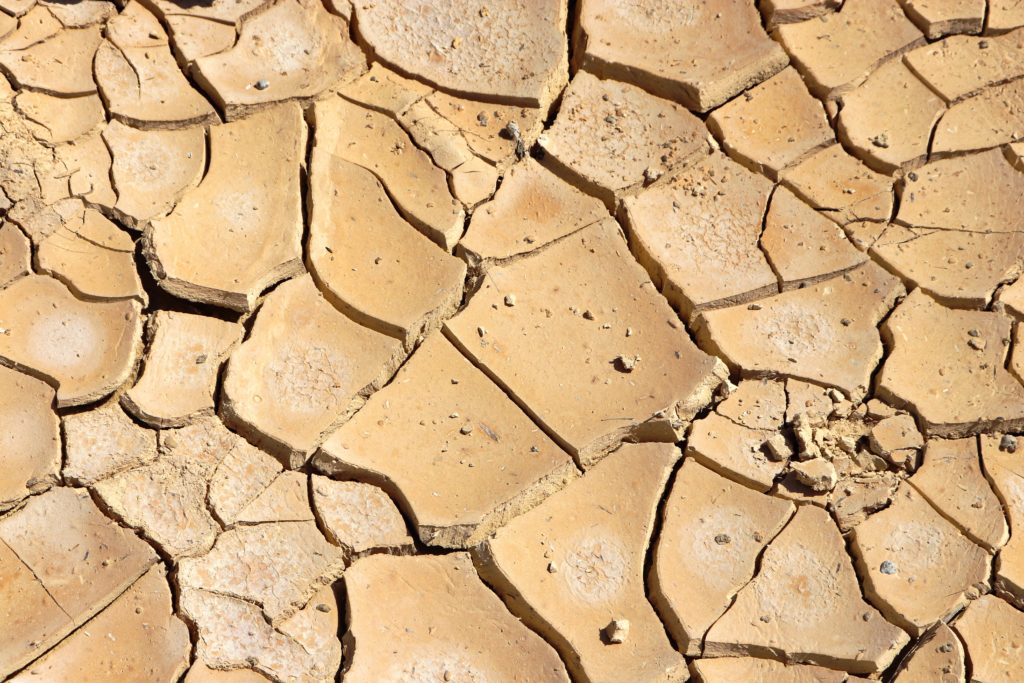
Unpacking “Finance Mobilization”
In general, “finance mobilization” can happen on both concessional and commercial terms. Arjun Dutt, program lead at Council on Energy, Environment and Water (CEEW) said concessional capital typically is channeled through grants and soft loans to market segments that are not commercially viable to catalyze investment. And as for finance on commercial terms, Dutt noted it typically flows into sectors that have achieved commercial viability and large-scale deployment, such as utility-scale renewable energy.
Elaborating on what India needs, Dutt said if the world wants India to decarbonize at an accelerated pace and commit to net-zero goals, the country “would likely require greater international [climate-finance] flows on both concessional and commercial terms.”
Through financial instruments such as guarantees, concessional capital could help lower the risk of loan defaults with new clean-energy technologies, which could catalyze more private-sector investments, Dutt explained. And as for commercial international capital, it would be needed because of the sheer scale of India’s decarbonization requirements.
Pays to note, in her meeting with Kerry, Indian Minister of Finance and Corporate Affairs Nirmala Sitaraman also underscored a need for enhanced climate finance for developing countries, or funding beyond the $100 billion commitment made at the Copenhagen summit.
Recently, even African nations called for a 10-fold increase to the $100 billion climate finance target.
Climate Finance’s Track Record
Developed countries have largely failed in fulfilling their climate finance obligations, a September 2021 report shows. Out of 23 developed countries that have a responsibility to provide climate finance, only Germany, Norway and Sweden have been paying their fair share of the annual $100 billion goal. More specifically, it states that the United States has the biggest shortfall in paying its fair share of climate finance, based on historical emissions and national income.

And closer examination of delivered climate finance reveals other issues. According to a report by Oxfam, the share of grants in global public climate finance was only 27 percent in 2019, whereas loans—both concessional and otherwise—totaled 71 percent. The remaining 2 percent comprised finance mobilized from private sources. Oxfam referred to this reliance on loans to fulfill climate-finance obligations “an overlooked scandal.”
Recently, a climate negotiator from a developing country, who anonymously wrote for The Guardian, pointed out how climate finance in the form of loans is creating a debt trap for countries in the Global South, where the COVID-19 pandemic has hit economies.
Interest rates on concessional loans are unequal, too. “The rate of interest in developed countries is around 2 percent and in India, it is around 14 percent,” said Bhushan of iFOREST. “So, if the United States gives a loan for 6 percent, will you consider it as a loan given on concessional terms?”
Funding Mitigation Versus Adaptation
Climate finance usually aids two solutions: Mitigation and adaptation. Mitigation refers to efforts aimed at reducing greenhouse-gas emissions like investments in renewable energy technologies or even making existing energy generation more efficient. Adaptation means remodeling and reorganizing society and the physical environment to address risks posed by climate change. Climate adaptation includes enhancing the resilience of coastal communities with nature-based solutions like restoration of mangroves and providing food security with climate-resilient agricultural practices.
Here, too, disparities exist between the needs of developing countries and what the developed world actually delivers.
Little doubt remains that climate change disproportionately impacts the Global South, given pre-existing conditions like food insecurity and lack of adequate healthcare. And so, countries in this region need as much financial support, if not more, for adaptation as they do for undertaking mitigation measures to arrest the global temperature rise. Even the Paris Agreement recognizes developing countries need equal amounts of funding towards mitigation and adaptation. But funding flows largely towards mitigation.
Oxfam points out 66 percent of global public climate finance supported mitigation while only 25 percent went toward adaptation. “Profitability drives the flow of money,” Dutt said, noting how climate finance goes toward mitigation efforts—like enhancing deployment in the renewable energy sector—and not to adaptation. But this is where public finance—or that which is provided by taxpayer money—can flow.
It also is unclear if developing countries have undertaken climate-change impact assessments and drafted clear policies aimed at mitigation, which could then be implemented using international climate financing.
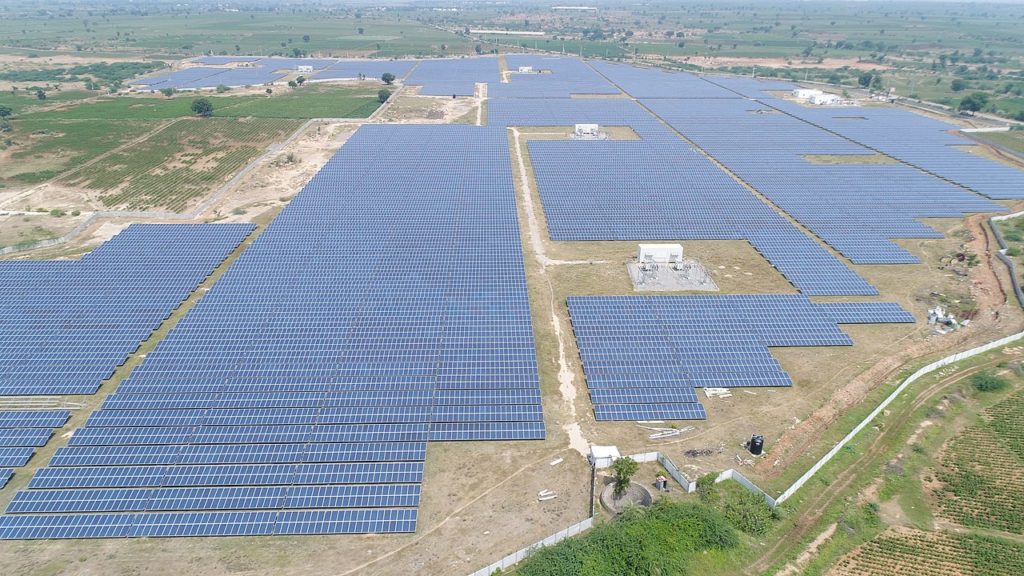
Developing Homegrown Climate Technology
Article 4.5 of the UNFCCC states developed countries have undertaken a commitment to
“take all practicable steps to promote, facilitate and finance, as appropriate, the transfer of, or access to environmentally sound technologies and knowledge to other Parties, particularly developing country Parties, to enable them to implement the provisions of the Convention.”
But little clarity is available on what “practicable” entails, what “as appropriate” means and what “environmentally sound technologies” encompass.
More rudimentary questions exist about whether developing countries like India need technology transfers.
“Renewable energy technologies like modules and inverters are produced at a mass scale across the world and even in India. These technologies are well-understood,” Dutt said. The only challenge, Dutt added, is India has not been able to produce renewable-energy equipment at globally competitive rates.
Expressing similar concerns, Bhushan spoke of how technologies like solar photovoltaic (PV) panels have hundreds of parts and algorithms that could have hundreds of intellectual property rights (IPRs). “Many of these IPRs are from developing countries themselves,” he noted. These IPRs are then packaged together and sold to companies to manufacture solar PV modules and panels. “Technology transfer is not like giving a formula to someone to produce a chemical. It is a combination of hundreds of formulas, many owned by Indians themselves,” Bhushan said. “The bottomline is, if you have money, you can buy whatever technology you want.” And so, the issue is not about freeing technology, like with the COVID-19 vaccines.
India has largely handled its own mitigation pathway because the country has access to renewable-energy technologies—both imported and domestically produced. Bhushan said talk of technology transfer is largely rhetoric without substantive demands detailing what exactly developing countries need.
Rishika Pardikar is a freelance journalist in Bangalore, India.


